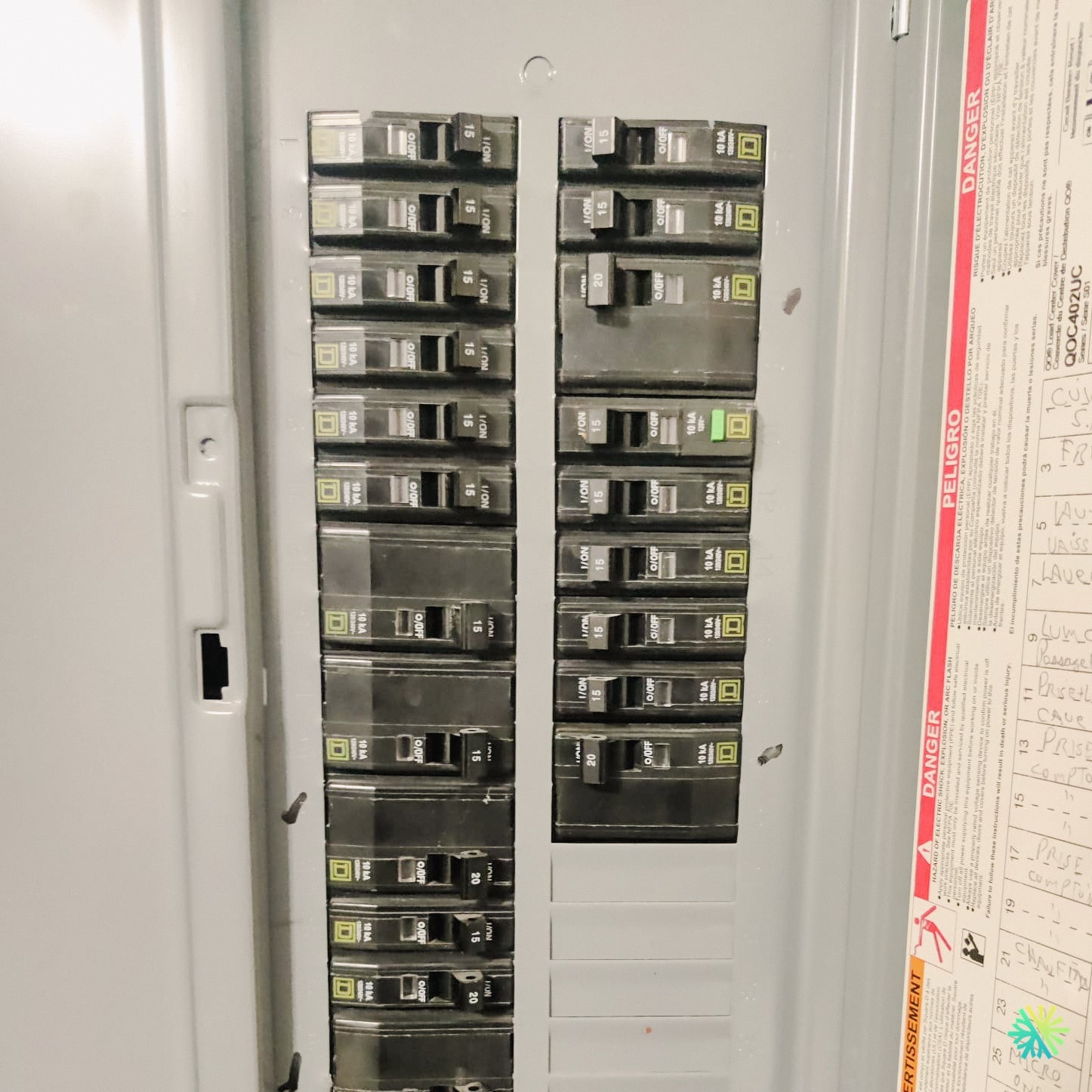A double-edged heating solution: instant comfort, but at what cost?
During the bitter cold of Quebec winters, many households look to reinforce their main heating system with supplemental heating. These small, often portable devices seem to offer a simple answer to an urgent need: warming up quickly. Yet behind this apparent convenience lie traps that too few consumers anticipate. At AirGreen, specialists in central heating systems in Montréal, Laval, Longueuil, the North Shore and South Shore, we assist customers every day who wonder if adding supplemental heating is a smart choice… or more of a costly mistake.
Understanding supplemental heating: types, uses, and promises
Supplemental heaters come in many forms: convection radiators, infrared heaters, ceramic blowers, electric fireplaces, or oil-filled models. Their advantages? Easy to move, simple to plug in, and inexpensive upfront, they appeal through their immediacy. They’re often used to heat:
-
A room poorly served by the main system
-
A basement, garage, or home extension
-
A bathroom during winter
-
A home awaiting renovations or a better HVAC system
But those promises can quickly be outweighed by real energy and financial downsides.
The true cost of supplemental heating: a steep bill
One of the most persistent myths around supplemental heating is its seemingly low cost. In reality, these units often consume a significant amount of electricity, especially when used continuously. A 1500-watt space heater running 8 hours a day can increase your electricity bill by over $70 per month, according to Hydro-Québec.
At AirGreen, we’re often called to investigate abnormal electricity usage spikes in customers' homes in Montréal and on the South Shore. Every time, one or more improperly used supplemental heaters were to blame.
Limited thermal comfort and safety concerns
Another major drawback of supplemental heaters is their limited heating capacity. These units are not designed to heat an entire living space, let alone for extended periods. The result is often:
-
Hot zones that become uncomfortably warm near the device
-
Dry indoor air
-
Uneven, fluctuating temperature
-
A higher risk of fire or burns, especially with cheap models
We’ve seen real cases where prolonged use of a space heater in a bedroom damaged wall outlets or caused short circuits. In one Laval condo, an uncertified electric fireplace triggered a fire alarm, leading to major expenses.
Better alternatives: upgrading your HVAC system
Rather than relying on multiple space heaters, it’s often more effective, safer, and economical to improve your main heating system. Here are the solutions we most often recommend:
High-efficiency wall-mounted or central heat pumps
Modern heat pumps provide efficient, stable, and energy-saving heating, even at -25°C. Several models installed by AirGreen, like the Fujitsu KZAH R-32, Bosch BIVA IDS Premium R-454B, or central Goodman R-32 units, have helped our customers completely get rid of their space heaters.
Smart zoning and connected thermostats
Installing a zoning system or smart thermostats allows you to optimize heating room by room. In Longueuil, a customer with specific needs in their basement regained total comfort thanks to the addition of a secondary Fujitsu wall-mounted head, controlled independently from the rest of the home.
Insulation and weatherproofing
Another common reason for using space heaters is poor insulation. Before buying another unit, it’s worth checking doors, windows, and thermal bridges. AirGreen often works with thermal envelope specialists to offer a comprehensive solution.
Available grants: energy-efficient main heating systems can be subsidized
Unlike space heaters, certified systems like heat pumps can be subsidized through provincial programs, such as Hydro-Québec’s LogisVert program. These incentives can go up to $2,172 for some models, significantly lowering the initial investment.
One of our North Shore clients had a 24,000 BTU Gree Extreme heat pump installed, which qualified for a $1,860 grant, eliminating the need for their electric fireplace used every winter as a backup.
Real-life example: strategic replacement in Sainte-Julie
In Sainte-Julie, a family was using two space heaters to compensate for an old, inefficient forced-air system. After a full thermal analysis, we proposed a solution based on a central Arcoaire heat pump, tailored to their home layout. The result: a 43% reduction in winter energy use, stable heat throughout the house, and complete removal of their supplemental units.
Pitfalls to avoid with supplemental heating
Before buying a supplemental heater, ask yourself the right questions:
-
Is this a temporary fix or a structural need?
-
Have I considered sustainable HVAC alternatives?
-
Is the device certified, safe, and suited for my space?
-
Am I ready to absorb the energy cost?
Our recommendation: consult an AirGreen expert
At AirGreen, we believe that optimal indoor comfort requires thoughtful choices and professional solutions. Space heaters can be useful as temporary support but should never replace a well-designed system. Our experts are available across Montréal, Laval, Longueuil, the North Shore, and the South Shore to assess your needs and suggest sustainable, safe, and subsidized alternatives.
Contact us today for a personalized HVAC assessment and avoid unpleasant surprises on your next electricity bill.

